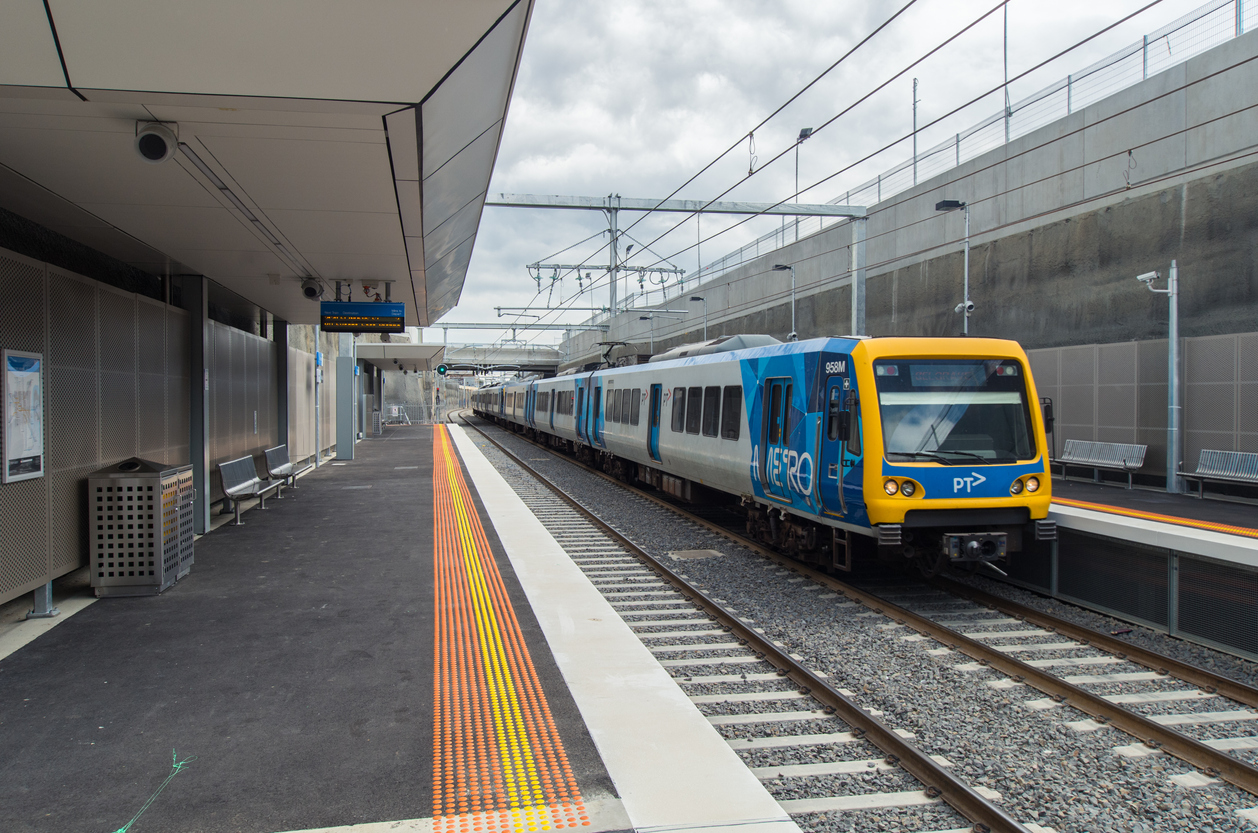Considerations of Timetables in Rail Development Projects

Have you ever experienced or heard of a rail development project that identified its benefits as more trains, better performance, or faster journey times, but failed to deliver these benefits? It is likely that those projects didn't consider the impact of the changes on the timetables throughout the project. Every design detail, no matter how small, can have a major impact on the timetable structure.
Timetables are used to move people and freight between origin and destination. Timetables are essential so we know the departure and arrival times so we can plan our journey. How would you know which train will get you to your destination on time, so you do not miss the first row of the concert you have been looking forward to for months? Operationally, the purpose of a timetable is to know in advance where each journey will be at any given moment. But just this is not enough, the timetable needs to be conflict-free and operationally deliverable. Why? Because it enables smooth running of the railway. How? By planning train journeys in accordance with network capability and resilience margins. For example, to avoid them turning up at the same time at a junction causing congestion, delays, and cancellations for end users. Or potentially significantly contributing to a safety issue, such as a near miss or even a train collision.
You will find that rail development projects have the same purpose. They are done to improve the movement of people or freight from origin to destination. Consequently, if we look at rail development projects from the perspective of "means to an end" all projects should define from the outset how they are going to make the movement of passengers or goods more efficient. What will it be measured for? Will it make it safer for passengers and freight? For instance, using this approach in the context of maintenance and asset enhancement projects - would improving infrastructure capability reduce journey times? Would better signalling increase the frequency of services? Would new rail corridors reach new customers?
So why do we need to consider timetables in any rail development projects?
Not all rail development projects will result in improvements to the timetable, as every little detail in the design influences the operability of the railway.
Projects usually look at impacts within its scope, but when it comes to timetables, they need to be looked at in its entirety as any change, however insignificant, if looked at in isolation over a limited geography, may have a major impact on the overall operability of the timetable. Hence why the impact on a timetable needs to be assessed at the start and throughout so it can feed into the decision making at the right time, saving time and cost by making unpalatable options redundant early in the process.
As an example, to increase the number of services through a section of track a signalling improvement scheme may install more signals to shorten the signalling sections. This reduces the headway between services allowing them to run more frequently and increasing the capacity over that signalling section. However, once you consider the timetable constraints outside of the section, the benefit of running more services might not be realised due to constraints of the origin to destination journey outside the signalling project scope. The signalling (or any other infrastructure) outside of the project scope may not enable the expected higher level of service frequency, so you cannot get more services into the improved signalling section. End result – the benefit not being realised.
If you are not already doing so, for any rail development project, no matter how small the change, a question should be asked not only on the impact of the change on the operation of the railway, but equally important 'What is the impact of the change on the timetable?'
At Network Rail Consulting we have a team of operational experts with experience in developing timetables, managing major timetable change and congested infrastructure to advise and assist projects to achieve successful outcomes. Visit www.networkrailconsulting.com for further details.
Martina Sulanova
Associate Director – Rail Operations
Network Rail Consulting

